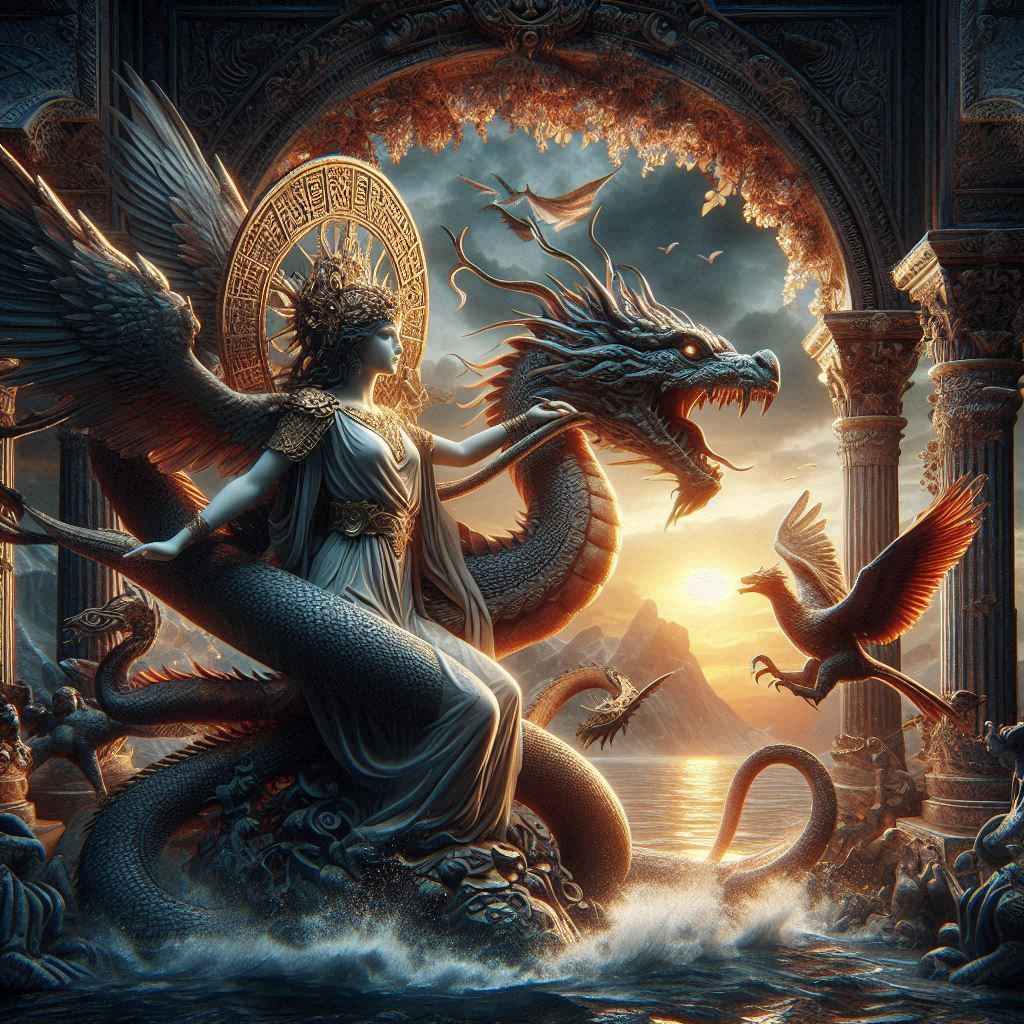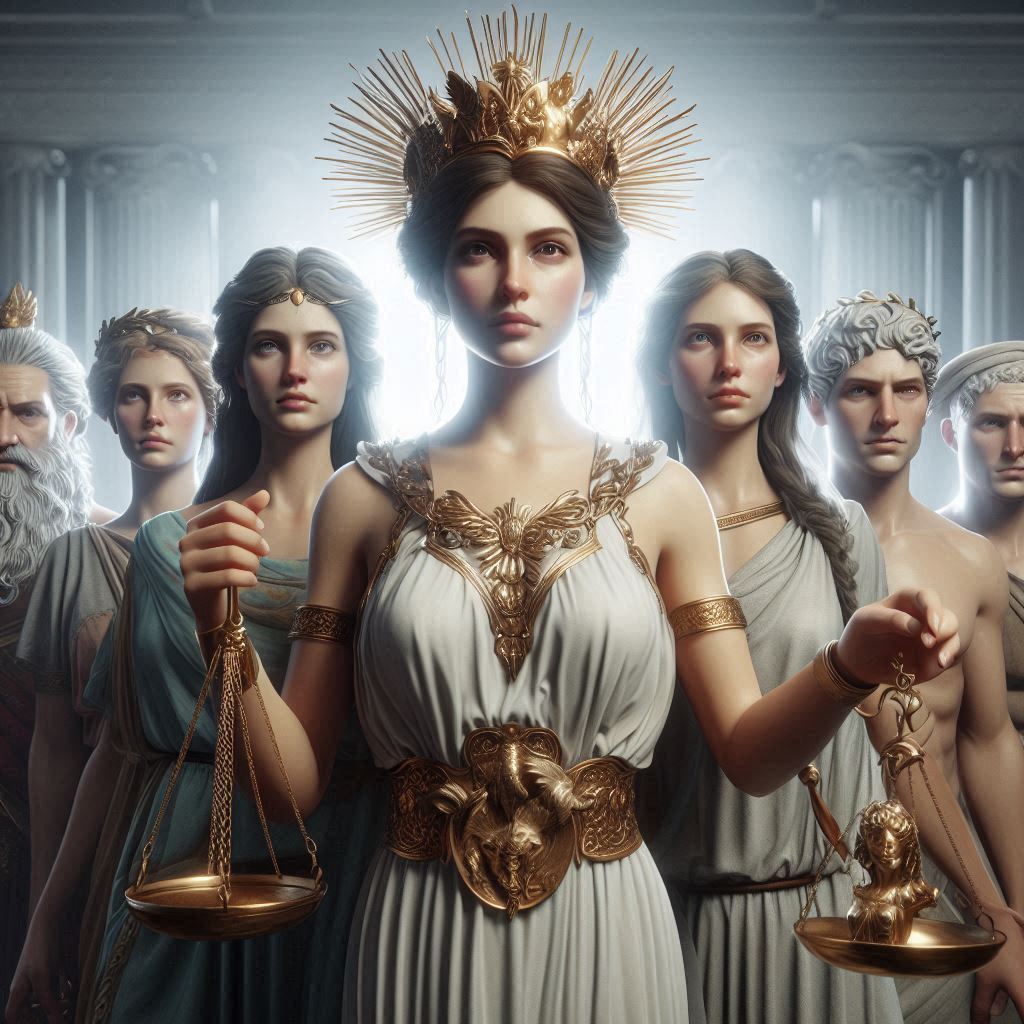Table of Contents
The Dance of the Dragons: The Civil War that Shattered House Targaryen
The Dance of the Dragons is one of the most significant and devastating events in the history of Westeros, as depicted in George R. R. Martin’s Fire & Blood, a companion novel to his A Song of Ice and Fire series. This civil war, fought between rival factions of House Targaryen over the Iron Throne, is marked by its brutal scale, tragic consequences, and far-reaching implications for the realm and the Targaryen dynasty. The war’s defining feature was the use of dragons as weapons of mass destruction, which ultimately led to the near extinction of the Targaryen dragons and the weakening of the family’s long-held dominion over Westeros.

Origins of the Conflict: A Question of Succession
The Dance of the Dragons began as a succession crisis within House Targaryen. King Viserys I Targaryen had ruled the Seven Kingdoms for years, but his failure to secure a universally accepted succession plan set the stage for the bloody civil war. Viserys, lacking a male heir from his first wife, Queen Aemma Arryn, named his only surviving child from that marriage, Princess Rhaenyra Targaryen, as his heir. Rhaenyra, an intelligent and strong-willed woman, was raised with the expectation that she would rule as queen after her father’s death.
However, Viserys’s remarriage to Lady Alicent Hightower, and the subsequent birth of male children, created political rifts at court. Alicent’s eldest son, Prince Aegon, was seen by many as the rightful male heir, despite Viserys’s efforts to uphold Rhaenyra’s claim. This division led to the formation of two distinct factions: the “Blacks,” who supported Rhaenyra’s claim, and the “Greens,” who rallied behind Aegon’s right to the throne. Upon Viserys’s death, these tensions erupted into civil war when the Greens secretly crowned Aegon II as king in defiance of Rhaenyra’s claim.
The Two Rival Factions: Blacks vs. Greens
The Dance of the Dragons was not merely a conflict between two Targaryen family members but was emblematic of a deeper political, familial, and societal fracture within Westeros. The Blacks, led by Rhaenyra and supported by her husband, Prince Daemon Targaryen, as well as the powerful Velaryon family, claimed legitimacy based on Viserys’s decree that Rhaenyra would succeed him. Her faction controlled Dragonstone and much of the eastern coast of Westeros. Rhaenyra also possessed a crucial weapon: a fleet of dragons, including her own Syrax and Daemon’s fearsome Caraxes.
The Greens, led by Queen Alicent Hightower and her father, Ser Otto Hightower, the Hand of the King, sought to place Aegon II on the throne, believing that the laws of male primogeniture favored him. Their control of King’s Landing and alliances with powerful houses such as the Lannisters and the Hightowers gave them significant political and military power. Aegon II’s dragon, Sunfyre, was a key asset in their struggle, but their ultimate advantage lay in their control of the capital.
The War Unfolds: Early Skirmishes and Major Battles
The war began in 129 AC, immediately following King Viserys’s death. The Greens’ swift move to crown Aegon II was a calculated strike to prevent Rhaenyra from asserting her claim. Upon hearing of her father’s death and Aegon’s coronation, Rhaenyra declared herself queen on Dragonstone, and the war began in earnest.
The Dance of the Dragons was marked by brutal battles and dragon-on-dragon combat, which had never before been seen on such a scale. One of the earliest skirmishes occurred when Rhaenyra sent her son, Lucerys Velaryon, to Storm’s End to secure the support of House Baratheon. However, he was ambushed by Aemond Targaryen, one of Aegon’s brothers, who killed Lucerys in a dragon battle that would serve as one of the war’s most infamous moments. This act of violence triggered a cycle of vengeance that would engulf both sides in a bitter struggle.
One of the key battles of the war was the Battle of the Gullet, where Rhaenyra’s supporters attempted to secure control of the Narrow Sea to cut off supplies to King’s Landing. Although the Blacks achieved initial successes, the war’s tides shifted frequently, and victories on both sides often came at great cost. As the war progressed, alliances shifted, and houses that initially remained neutral were drawn into the conflict. The brutal nature of the fighting caused widespread suffering and destabilized the realm.
The Dragons: The Ultimate Weapons of War
One of the most devastating aspects of the Dance of the Dragons was the unprecedented use of dragons in combat. These creatures, the symbols of Targaryen dominance, had never before been pitted against each other in such numbers. The destruction wrought by the dragons was immense, and the war saw the death of many dragons, including some of the largest and most formidable creatures in Westeros.
The Storming of Harrenhal and the Second Battle of Tumbleton were key moments in the war where dragons played decisive roles. At Harrenhal, Daemon Targaryen seized the cursed castle and used it as a staging ground to strike at the Greens. His dragon, Caraxes, was known for its size and ferocity, making Daemon one of the most formidable figures on the battlefield. The Battle of Tumbleton, however, highlighted the chaotic and destructive potential of dragon warfare. In this conflict, both sides unleashed their dragons, resulting in a pyrrhic victory for the Greens, where dragons killed not only soldiers but also civilians, leaving Tumbleton a smoking ruin.
The war culminated in a final confrontation between Rhaenyra’s forces and Aegon II’s supporters, leading to the eventual decimation of both sides’ dragons. By the war’s end, only a few dragons remained, and many of the largest and most powerful dragons in Westeros had been killed. This loss of dragons would prove catastrophic for the Targaryen dynasty, as the creatures had been the cornerstone of their military power and their claim to exceptionalism over the rest of the noble houses.
The Downfall of Rhaenyra and the Bitter End of the Dance
Rhaenyra’s fortunes waxed and waned over the course of the war, but her position became increasingly precarious as key allies were killed and her forces weakened. Her son, Jacaerys Velaryon, was killed in battle, as were many other members of her inner circle. Meanwhile, the Greens managed to stabilize their rule in King’s Landing, and Aegon II, despite suffering serious injuries in battle, was able to hold onto power.
In 130 AC, Rhaenyra’s forces captured King’s Landing, and for a brief period, she sat on the Iron Throne. However, her victory was short-lived. Facing rebellion within the city, Rhaenyra was forced to flee to Dragonstone, where she was betrayed by Ser Alfred Broome and delivered to Aegon II. Her end was as brutal as the war itself: Aegon II had her fed to his dragon, Sunfyre, in a horrific public execution.
Despite Aegon II’s apparent victory, the cost of the war had left him physically and mentally broken. He ruled for only a short time before being poisoned, possibly by members of his own faction, bringing an end to his troubled reign. Ultimately, Rhaenyra’s son, Aegon III, would ascend the throne, marking the end of the Dance of the Dragons. The toll of the war, however, was so great that the Targaryen dynasty would never fully recover its former strength.
Legacy of the Dance of the Dragons
The Dance of the Dragons fundamentally altered the trajectory of House Targaryen and the political landscape of Westeros. The near-extinction of dragons significantly weakened the Targaryens’ power and left the Iron Throne vulnerable to internal strife and external challenges in the centuries to come. The civil war also exposed the deep fissures within the realm, showing how easily noble houses could be divided by succession disputes and political ambitions.
In addition, the Dance of the Dragons left a lasting impression on the culture and memory of Westeros. Historians, lords, and smallfolk alike looked back on the conflict with a mixture of horror and fascination. The sheer scale of the destruction, both physical and psychological, haunted the realm, influencing future Targaryen rulers and shaping how succession was viewed in the Seven Kingdoms. The war also created a cultural taboo around the use of dragons, as many came to associate them not with power but with unchecked destruction and chaos.
Conclusion
The Dance of the Dragons remains one of the most cataclysmic events in Westerosi history. A war driven by personal ambition, political intrigue, and the brutal power of dragons, it shattered House Targaryen and left an indelible mark on the realm. The conflict’s tragic legacy is a poignant reminder of the dangers of civil war, especially when the stakes are the highest seat of power in the known world. It highlights the fragility of dynastic power and serves as a grim cautionary tale about the destructive potential of unchecked ambition and division.


No responses yet